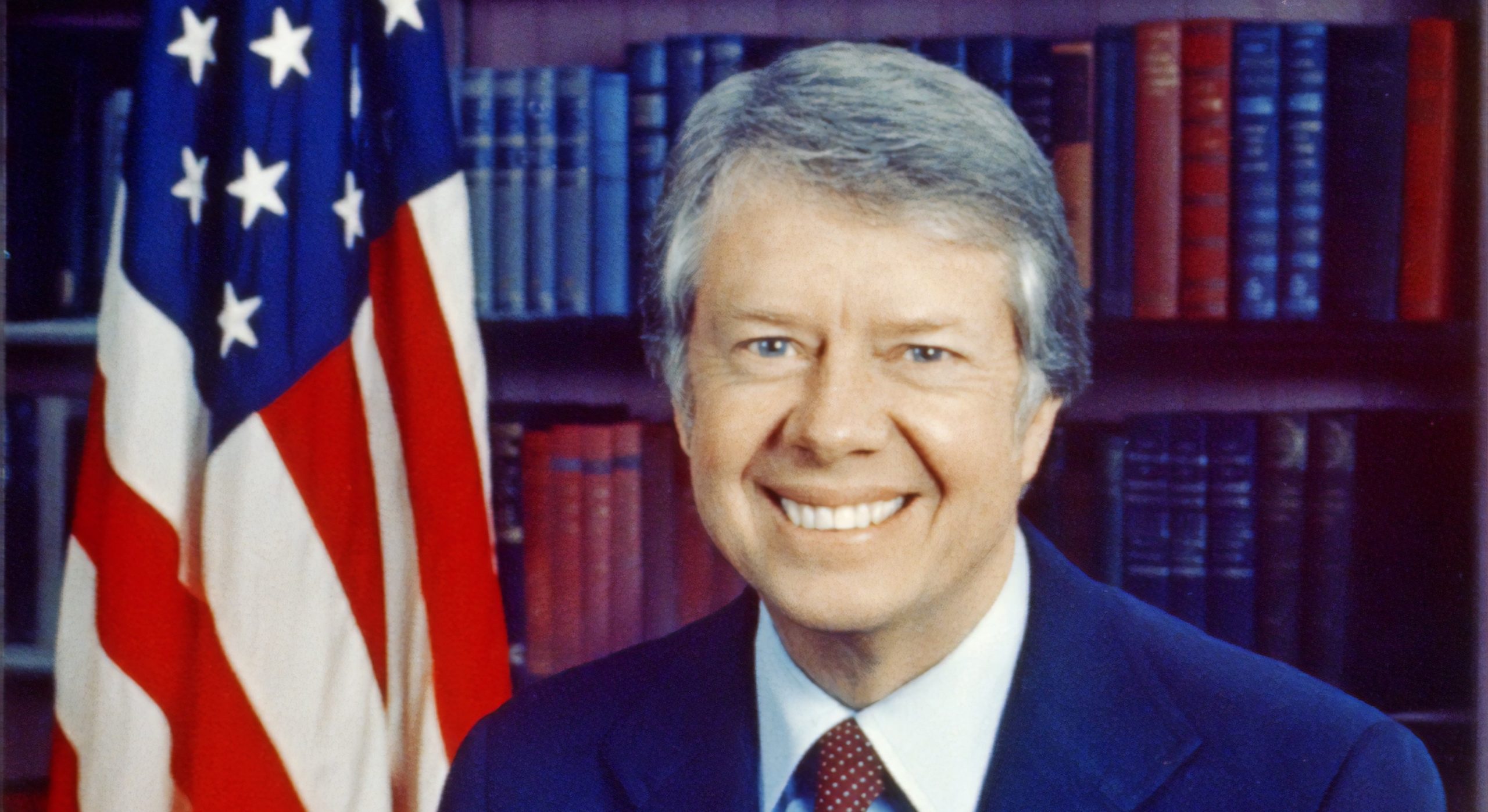Jimmy Carter, the 39th President of the United States, is known for his contribution to the field of environmental conservation. His commitment to preserving the environment has been consistent throughout his career. From his time as the Governor of Georgia to his presidency, Carter has made significant strides in environmental conservation. In this article, we’ll explore the various aspects of Carter’s efforts towards environmental conservation and how they have impacted the world.
Table of Contents
ToggleEarly Life and Environmental Consciousness
Jimmy Carter was born in Plains, Georgia, in 1924. He grew up on a farm and had a deep connection with nature. Carter’s mother, Lillian, was an advocate for environmental conservation, and her teachings had a profound impact on Carter. As a child, Carter saw the damage caused by pollution and deforestation, which further strengthened his resolve to protect the environment.
Environmental Policies as Governor of Georgia
Carter’s interest in environmental conservation continued when he became the Governor of Georgia in 1971. He implemented several policies to preserve the environment, including the Coastal Marshlands Protection Act, which aimed to protect Georgia’s coastal areas from the effects of pollution and development.
He also created the Georgia Heritage Trust, which was responsible for acquiring and preserving land for parks and other recreational purposes. The Trust acquired more than 200,000 acres of land during Carter’s term as Governor, which helped to protect Georgia’s natural resources and wildlife.
Environmental Policies as President
Carter’s environmental policies continued during his presidency from 1977 to 1981. His administration established the Department of Energy and the Superfund program, which aimed to clean up hazardous waste sites across the country.
Carter also signed the Alaska National Interest Lands Conservation Act, which protected over 100 million acres of land in Alaska. He created the Department of Education and the Department of Health and Human Services to promote environmental education and research on the effects of pollution on human health.
Carter’s Advocacy for Renewable Energy
Carter’s interest in renewable energy began during his presidency. He believed that the United States should reduce its dependence on foreign oil and advocated for the development of alternative energy sources such as solar, wind, and geothermal power. His administration provided tax incentives for the development of renewable energy and invested in research and development of these technologies.
Carter also installed solar panels on the White House, which was a symbolic gesture that aimed to promote the use of solar power. Unfortunately, the panels were removed by the Reagan administration in 1986, but Carter’s advocacy for renewable energy continued.
The Carter Center’s Work in Environmental Conservation
After his presidency, Jimmy Carter continued to work towards environmental conservation through his non-profit organization, The Carter Center. The organization focuses on a variety of issues, including public health, human rights, and conflict resolution. However, it also places a strong emphasis on environmental conservation.
One of The Carter Center’s most notable environmental initiatives is the Global 2000 program. This program aims to promote sustainable development in developing countries and has a particular focus on improving agriculture and food production. The program also works to address environmental challenges such as deforestation and water scarcity.
Carter’s Legacy in Environmental Conservation
Jimmy Carter’s legacy in environmental conservation is significant. His efforts have inspired a generation of environmental activists, and his policies have had a lasting impact on the world. Carter’s advocacy for renewable energy and his efforts to preserve natural resources have influenced the policies of subsequent administrations.
Carter’s commitment to environmental conservation has earned him several awards, including the Presidential Medal of Freedom and the World Wildlife Fund Gold Medal. He continues to advocate for environmental causes and has been involved in several initiatives to promote sustainable development.
Conclusion
Jimmy Carter’s commitment to environmental conservation is an inspiration for all of us. His efforts to preserve natural resources and promote renewable energy have had a lasting impact on the world. We should all follow his example and do our part to protect the environment for future generations.







